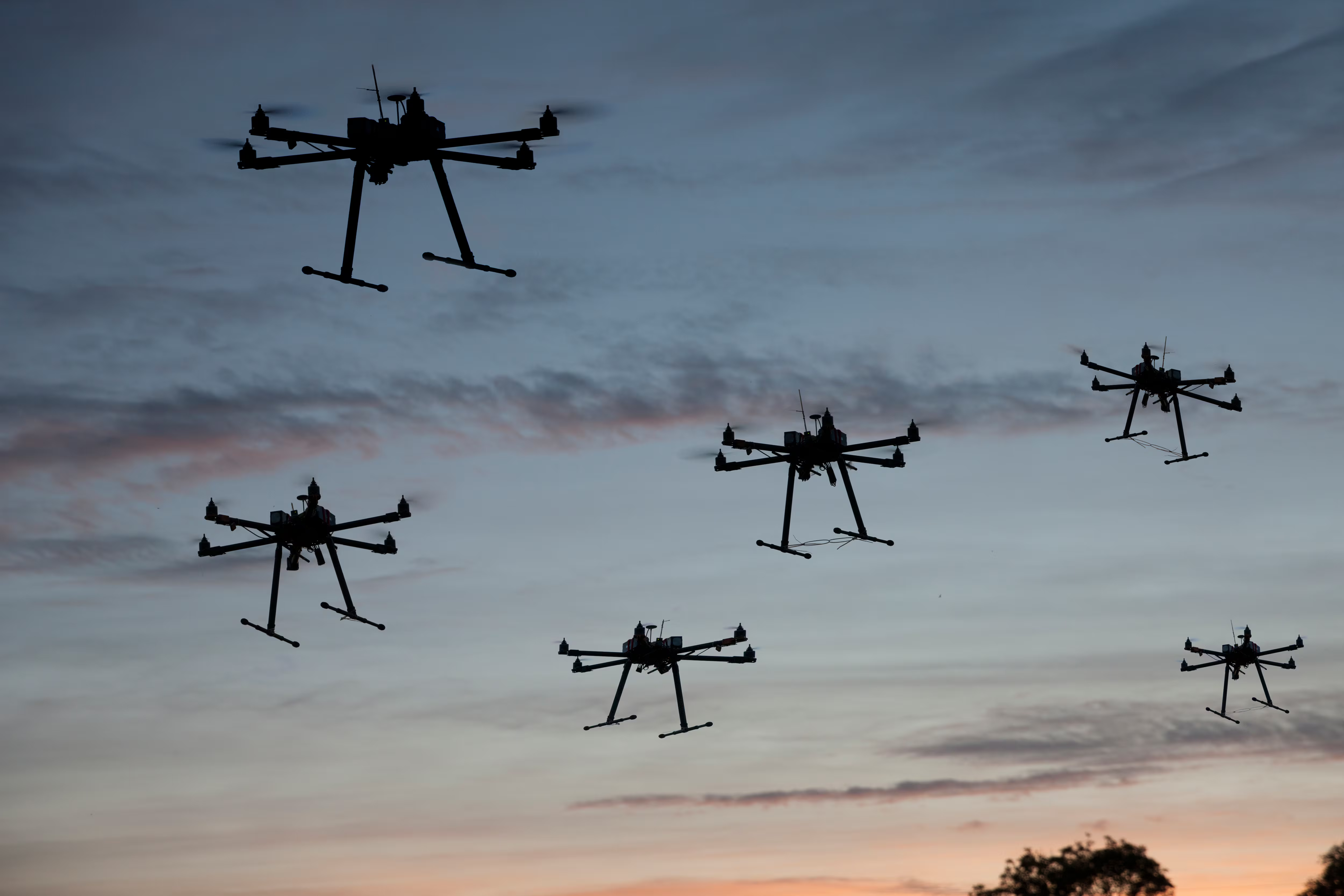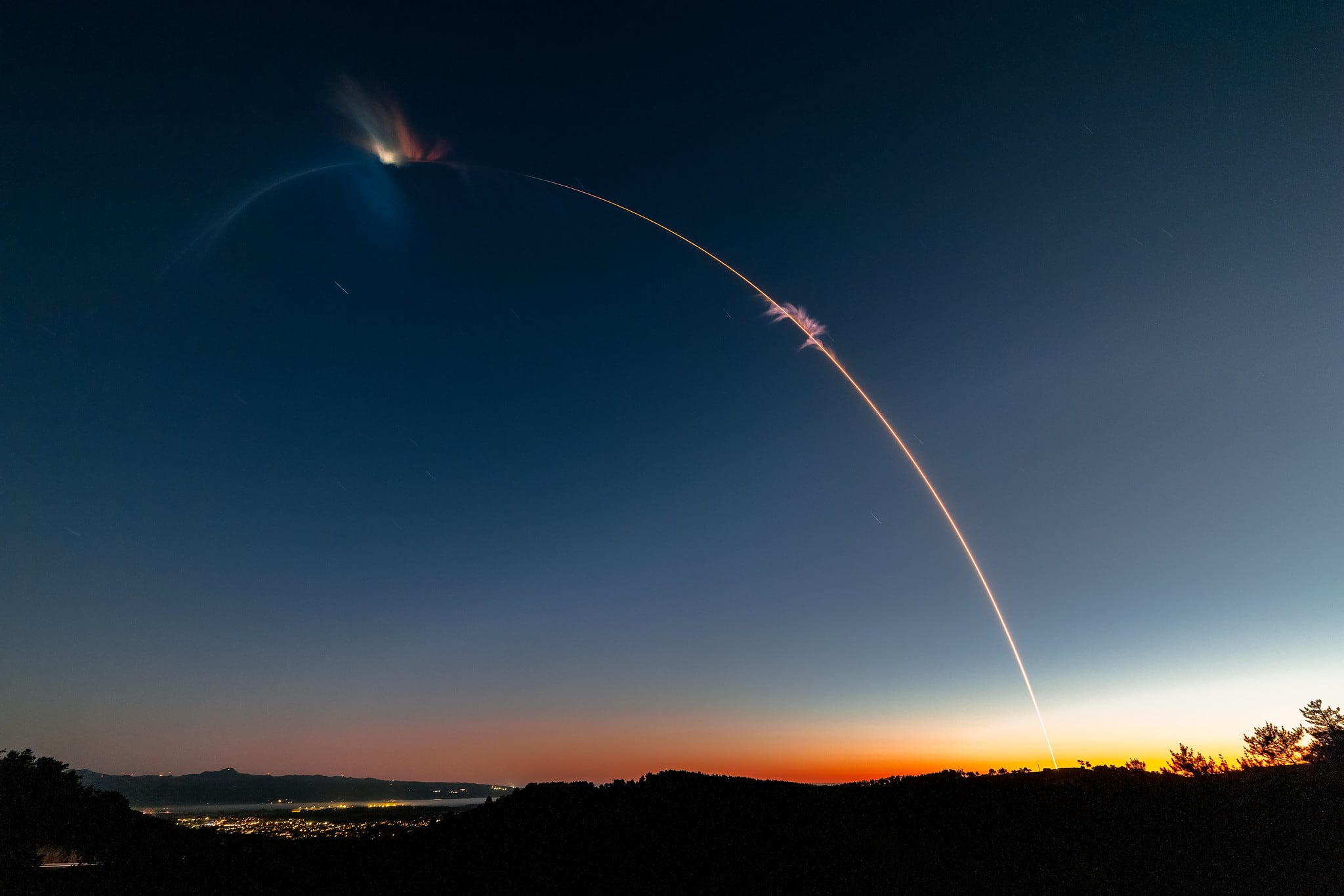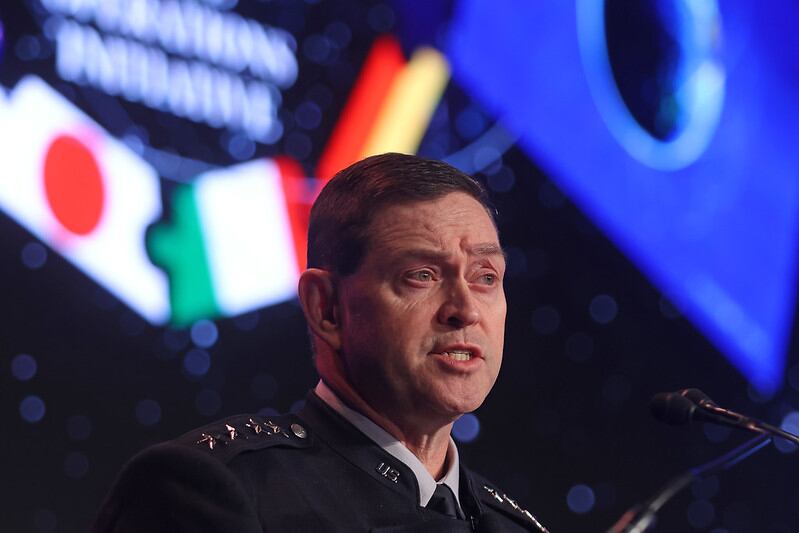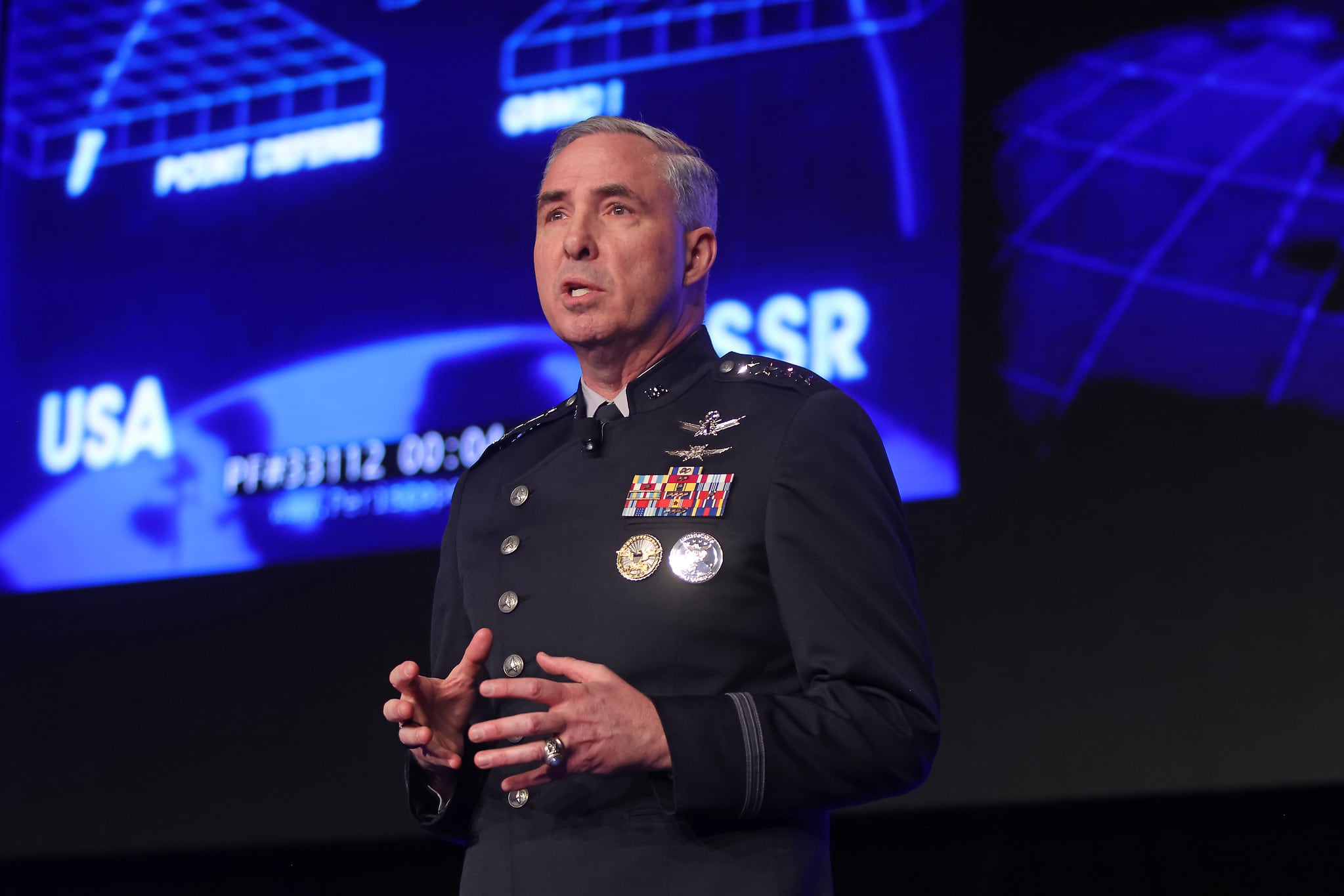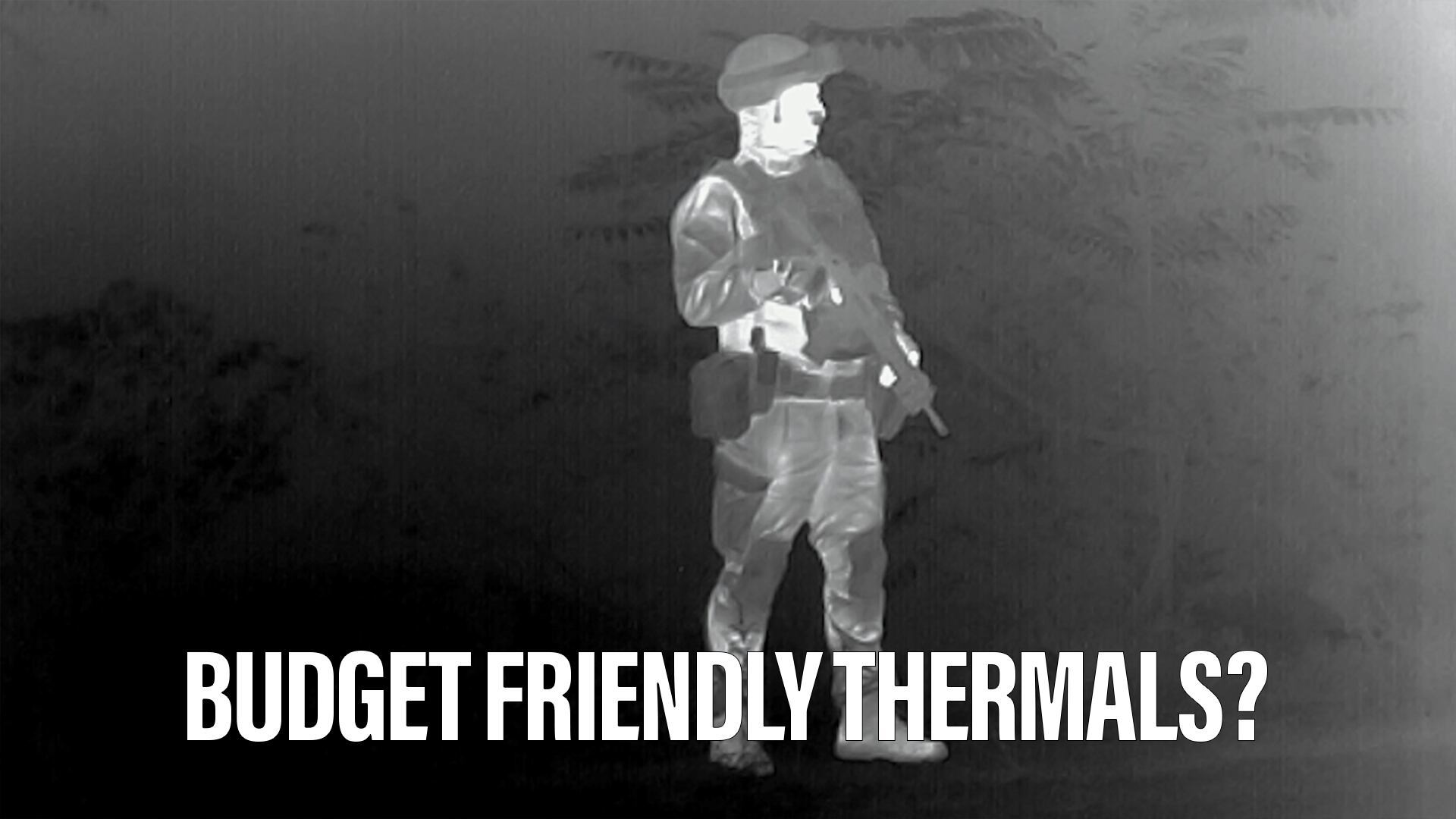TAMPA, Fla. — U.S. Central Command is planning a set of exercises aimed at filling key gaps in its ability to detect and track drone threats in the Middle East.
Amid a sharp increase in one-way drone attacks on U.S. and allied forces by Iraq, Syria and Houthi rebels, CENTCOM is working with the Pentagon’s chief digital and AI office to identify sensors that can detect adversary systems and be integrated into a command and control framework. Earlier this month, the command’s innovation team solicited proposals from industry for the effort, dubbed Desert Guardian.
Army Maj. Bryan Cercy, an innovation officer at CENTCOM, told C4ISRNET the innovation team will choose sensors this summer to participate in a U.S.-based exercise in October focused on spotting UAS threats. Early next year, it will stage a second exercise — this one at a base in the Middle East — focused on integrating those sensors into a single interface used by operators in the field.
“Our proof of concept is that there’s a world in which all of these different sensors are integrated together, and they provide the user, the operator one common picture of the threats to the base,” Cercy said June 25 during an interview at CENTCOM headquarters in Tampa, Fla. “Maybe we don’t accomplish everything, but we’re inching one step closer to make the operators, on a day-to-day basis, more effective.”
The command’s innovation office regularly runs technology sprints to identify operator challenges and try to find solutions. The upcoming demonstrations are part of a series of sprints the team has been running this year focused on countering UAS threats.
The effort began in March with several fact-finding missions. CENTCOM’s innovation team traveled to the Middle East to observe operators and hear first hand about the challenges they face in conducting their missions.
CENTCOM also leveraged its technology residency program, which temporarily embeds private sector experts within the command to help solve technical challenges. It sent its resident at the time to observe operators tracking UAS threats and better understand their capability needs.
As Rinderer compiled his findings, CENTCOM conducted its own market research to find out what other organizations were doing to meet counter UAS needs and whether there was a gap for the innovation team to focus on.
“Counter UAS is a very broad problem that a lot of organizations across the department are trying to solve right now,” Cercy said. “We owe the due diligence to the warfighter to really see, is there already something out there that might close that gap, even just a little bit.”
It became clear through this work, he said, that while base defense operators have access to many sensors, they lack an integrated picture of the threat.
“You’ve got operators that are operating on different systems that are trying to protect against threats to the base, and sometimes those systems don’t necessarily talk to each other,” he said. “They’re not integrated, and so it’s a lot of swivel chair action that’s happening . . . between the different operators to make sure that they’re all detecting a threat.”
Following the two exercises, if the team identifies a capability it thinks could benefit operators, it will work to find an acquisition pathway within the Defense Department to get that to the field. That could mean drafting a joint urgent operational needs request or feeding findings to the Pentagon’s Joint Counter UAS Office or a program office that might be looking for a similar capability.
Air Force Col. Nate Huston, CENTCOM’s director of innovation and capability integration, said in the same interview that part of the intent behind technology sprints like this is to demonstrate a process for identifying innovative solutions to problems in the field and validating whether there’s a capability that can address it.
“What we want to say is like, ‘Hey, we started at this point, we got these disparate folks together, we showed that this could be integrated,’” he said. “The other part of this is . . . we fully understand some integration will not work exactly right, and we’ll learn from that.”
Courtney Albon is C4ISRNET’s space and emerging technology reporter. She has covered the U.S. military since 2012, with a focus on the Air Force and Space Force. She has reported on some of the Defense Department’s most significant acquisition, budget and policy challenges.
